SUMMARY
This is AI generated summarization, which may have errors. For context, always refer to the full article.
![[OPINION] The 3 C’s: COVID-19, communities, and communication](https://www.rappler.com/tachyon/2021/03/2020-community.jpg)
These are difficult times that require community organizations to reexamine how they reach out to the most vulnerable sectors of society. Challenges when it comes to mobility, safety, and interactions impede many organizations from brainstorming and creating relevant, meaningful, and long-term projects that extend across advocacies – from grassroots empowerment to climate change.
In this time of pandemic, community organizations like Pagkalinga, an advocacy group led by UPLB graduate students, and I-Shift Philippines, a youth-led organization, are mobilizing volunteers to deliver short-term literacy and education services to the poorest communities across the country. Time and again, we have seen how technology has transcended the face of Filipino bayanihan through individual and group volunteers leading social media efforts to support our brethren affected by natural disasters and calamities.
What has actually made community work more challenging today is the COVID-19 pandemic and its impacts across all spheres of human life. This health crisis has forced communities to live in isolation and physical distancing while few organizations have recalibrated their programs and projects to sustain social contact and integration among grassroots communities.
Despite limitations, many organizations heavily rely on social capital – trust, norms, and networks that can improve the efficiency of society by facilitating coordinated actions (Putnam, 1993) – by (re)imagining community work during the pandemic and beyond through the 3Cs – COVID-19, communities, and communication.
COVID-19
When the World Health Organization (WHO) declared the COVID-19 pandemic, among the most affected were domestic and international tourism, local economies, agriculture, and indigenous communities, among others.
With the unprecedented, varying impacts of the pandemic, local and international organizations had to rethink and re-envision their social processes and actions in order to bridge diverse challenges.
Lockdowns have changed the world forever. The individualization of human activities dampened the power of collective action and encouraged the kanya-kanya system. Some organizations, though, have overcome these superficialities and focused instead on locating the social conscience that has kept communities together all these years – even in the face of a pandemic.
Communities
The 2020s can be regarded as the most pivotal decade for community organizations. What used to be a vibrant community of practice in the Philippines, that previously relied on the credence of community planning, project cycle management, and dialogical processes, has begun to depend on short-term dole-out activities, government support, and even Chinese rescue.
Defined as a territorially bounded social system or set of integrated functional subsystems (Bernard, 1972), marginalized communities have been pushed closer to the brink of poverty and social injustice. With the pandemic, the Philippine government expects millions of Filipinos to remain poor and unemployed this year due to inflation surges and recession impacts. These decades-long national issues are made much worse in the 2020s as communities face restrictions on mobility.
As communities live in a bigger system that affects other subsystems, these impacts, however, may not only be felt by farmers in Nueva Ecija or coffee growers in Benguet and Sagada, or weavers and potters in Vigan City, but by every community working towards social justice, equity, quality education, and climate justice.
Communication
Today, community workers continue to foray into online spaces to lead conversations with various interested stakeholders and sectors. They are starting to understand the promise and limits of the social media in identifying the authentic needs of communities.
This is an entirely new sphere among community workers and volunteers who are used to doing development work pre-pandemic – where social mobilization was less complex and held the best results.
While mediated communication may hold water for some of us, it remains to be a Pandora’s box for many communities. It leads to the development of the few while it enables oppressive acts that leave the vulnerable behind – more helpless and hopeless.
For many non-government and volunteer organizations, their ultimate goal is to liberate communities from social vexations. Informed by a dialogic communication process and a “problem-solving social inquiry” (Freire, 1970), organizations and communities could co-create liberatory projects that genuinely address their needs.
With the 3Cs, what’s next?
With this triptych – COVID-19, communities, and communication – in confluence, community workers may work with researchers and academics to co-develop an inclusive, dynamic, and COVID-19-resilient communication framework that could guide communities in navigating community work in the new normal.
Many organizations in the country today may have embraced a new way of doing community work after months of lockdown, but their social processes and actions in this time of pandemic may still be contingent on frameworks and models developed for natural disasters which demand a different approach. Actions should be informed by a social compass, a guide that illuminates the way for organizations.
In understanding the role of community work in a tumultuous time like ours, it is significant to remember how the world opened its doors to the groundbreaking work of development organizations post-World War II for reconstruction efforts in less developed countries like the Philippines. This changed how we looked at community work and its impact on development.
Today, we face yet another challenge to humanity. What distinguishes this experience from previous epidemics and pandemics is our opportunity to reflect as a country of diverse communities, with the common goal of letting the local community be in the driving seat of their own development. – Rappler.com
*Ernesto Cordero Collo, Jr. is a graduate scholar (PhD in Development Communication) at the University of the Philippines-Los Baños, and is a faculty member of the Communication and Languages Department at Don Mariano Marcos Memorial State University.
Add a comment
How does this make you feel?
![[ANALYSIS] Philippine marginalized communities and the state in pandemic times](https://www.rappler.com/tachyon/2020/12/marginalized-communities-1.jpg?fit=449%2C449)

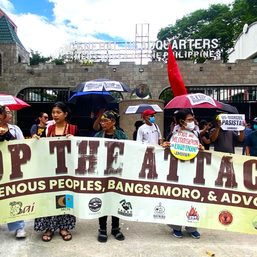
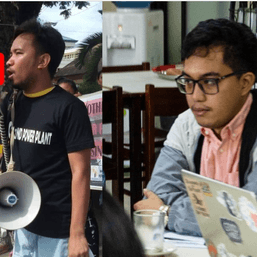
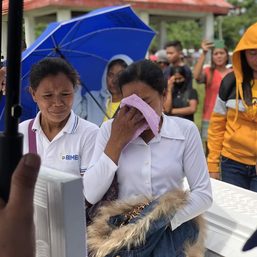
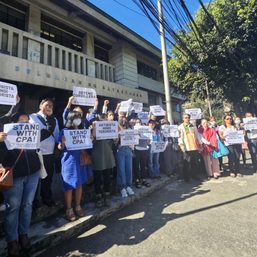


![[Time Trowel] Evolution and the sneakiness of COVID](https://www.rappler.com/tachyon/2024/02/tl-evolution-covid.jpg?resize=257%2C257&crop=455px%2C0px%2C1080px%2C1080px)


![[OPINION] ‘Some people need killing’](https://www.rappler.com/tachyon/2024/04/tl-some-people-need-killing-04172024.jpg?resize=257%2C257&crop_strategy=attention)
![[Judgment Call] Resisting mob mentality for warrantless arrests](https://www.rappler.com/tachyon/2024/04/judgement-call-mob-mentality.jpg?resize=257%2C257&crop=352px%2C0px%2C720px%2C720px)
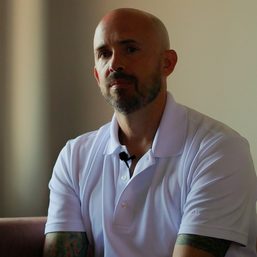
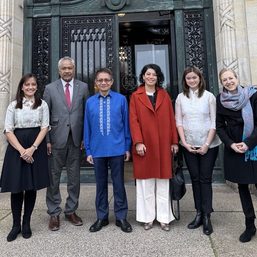
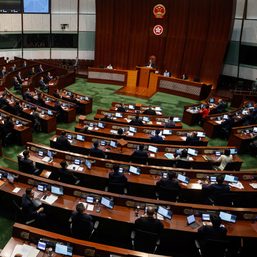
There are no comments yet. Add your comment to start the conversation.